In this blog post you will find out from Patrizia from Vienna and her Aussie male Milo why they rely on training on the towline and how they integrate it into their everyday life.
Patrizia & Milo: About the human-dog team
We are Patrizia & Milo! My male Australian Shepherd “Milo” and I have been a team for more than a year now. Milo was born in April 2019. The decision to bring him into my life was clearly one of the best I ever made. Our bond grows a little bit every day and I learn just as much from him as he learns from me.
I am Patrizia, 26 years old, a psychology student and live in Vienna. My passion is the behavior of living things, which explains my choice of study. Through Milo I recently discovered my passion for dog training and it has become my biggest hobby.

I spend every free minute digging through knowledge about dogs. I reflect on this information and get the best out of it for Milo and me. But I learn most by trying things out and observing.
Our Instagram account
Making mistakes, reflecting on them and looking for new solutions is an incredibly important learning process for us. Some time ago I founded the Instagram account @fuxliebe . It became a little diary for Milo and me. We document our everyday life, successes, mistakes and development in several posts per week.
Through Instagram, I especially learned to appreciate the valuable exchange with the great “Dog Community”. If you accompany us on the journey, we would be very happy!
The towline and why it is an important tool
Now let's get to the actual topic, this blog post is about my favorite training aid. There are a few tools that make training with Milo easier for me. If I have to choose one, it's the towline. She has supported our training very well so far.
What is a towline?
Let's start by clarifying what a towline is. A towing line is a long line with a smooth surface and often without loops or anything similar at the end. As a rule, towing lines are between 5 and 20 meters long. It gets its name because the dog often drags the leash behind it.
I've been using the towline on every walk for five months now. In “real” free running, Milo is currently only in a controlled environment.
When does a towline make sense?
Back to the beginning. Why did I decide a few months ago to only walk Milo on a towline? Admittedly, the whole thing comes with some disadvantages. Anyone who has ever walked in the rain with a rope knows what I'm talking about.
Clean clothes? None! Starting from the hands, it leaves traces of dirt on everything it comes into contact with. I don't want to start with the mess of knots. When the rabbit hops around the corner and the dog thunders onto the long leash, it leaves marks on the body. But, it's worth it and that's the most important thing!
The thing about the recall
Recalling a puppy – works great
When Milo moved in with me, I received the advice from our breeder to set up a reliable “Jackpot recall”. I did that. Our recall whistle was the biggest thing for Milo for a long time, nothing beat that sound.
I was able to recall “Little Milo” from ANY situation, whether from other dogs, people, chickens, rabbits or from play. I knew the recall was correct. This gave me a lot of security, so I sent Milo freewheeling almost everywhere.

He was generally well oriented towards me and with the dog whistle I knew nothing would happen! It happened as it had to happen: puberty destroyed our secret weapon from one day to the next.
Recall during puberty - no response
Milo grew up and discovered that there are more exciting things in life than liver sausage. I gave him the freedom to choose between the liver sausage and the exciting stimulus every time. So I had to live with the consequence that his decision was no longer to my liking.
So I learned that the greatest treat in the world is not enough. I need a way to show Milo a boundary if he decides against calling me back. This is where the towline came into play for us.
Today I believe that the drag leash is indispensable for recall training for every dog. Especially for dogs who don't see treats as the most important thing in this world.
Unfortunately, hunting is self-rewarding
From a dog's perspective, not only is every recall rewarded. But every call back is ignored and often even more so. Let's take the simplest example: the rabbit.
If the dog ignores the recall and chases the rabbit, it can be a much stronger reward. Even the best treat doesn't help in this situation. I believe that a well-structured jackpot recall is helpful in an emergency, but it is no substitute for good towline training.
Towline training is relationship work
With the towing leash you can reliably prevent the dog from succeeding by ignoring the recall. I mean, this is just one of many aspects of towline training.
Many people often make the mistake of holding onto the leash with their dog. Like the short leash, the drag leash should not be a means of “chaining” the dog to you.

Improve your relationship
With leash work you work on the relationship and the same goes for towline. Milo should orient himself on me using the tow line, just as he should do in “real” free running. Our towing line is ten meters long and I always hold the end in my hand. I pay close attention to ensuring that there is no tension on the line.
If that happens, I'll draw Milo's attention to it shortly beforehand with the word "end." If he runs into the leash, I stand still and wait until he orients himself towards me. Most of the time this works perfectly. Of course there are days when Milo hangs in the harness like a working horse and wants to do his thing.
Milo doesn't want to communicate today?
When that happens, I keep Milo on a short leash to save both of us stress and discussions. More freedom means more decisions and therefore more responsibility for your dog. And there are those days. where it feels good when responsibility is taken away from us.
You should never see the restricted freedom of the leash as a punishment for the dog. Ideally, the leash means security, clear communication and stress reduction. If your dog can't handle the limited freedom on the leash, the unlimited freedom of free running will certainly overwhelm him.
The principle for towline training
Our principle in towline training is that we look out for each other. Milo takes his cues from me and I appreciate that in return. When we're out alone and I'm concentrating well, I praise every orientation verbally or with treats.
You need an attentive eye to discover the many small body language signals that express good orientation. This could be the much praised “look back”, but also more subtle signals. Like an ear turned backwards, a quick pause and adjustment of pace, or a quick catch-up when falling back.
Freewheeling as a goal
Towline training prepares us for free running. For us, exactly the same rules apply on the towline as in “real” freewheeling. This means that Milo is only allowed to run after he has been given permission. When we meet walkers or other dogs, Milo lines up next to me. In the same way, I call him to me when faced with unreasonable ways. I also want him to remain approachable in every situation and stick to room guidelines.
Everything has to be on the towline
Until everything works reliably on the towline, we won't try it in “real” freewheeling. Note that your dog differentiates whether he is on the leash or not. What works well on the tow line does not necessarily work well on the freewheel.
A smooth transition to “real” freewheeling
You should make the transition smooth and slowly “fade out” the towing line after training. There are different ways. You can let the dog pull the leash behind him and cut it off piece by piece. Or you can slowly approach freewheeling in a controlled environment.

Training and exercising on the towline
What about exercising? Does your dog get tired on the leash? My answer to that is simple: yes! Milo is just as tired after a long walk on the towline as he is after a round of canicross or agility. Good orientation challenges and makes you tired.
Concentration is exhausting
Towline training is and remains a training that requires the high concentration of ALL those involved. Demanding attention means giving attention. That's why it's best to keep your cell phone, headphones, etc. in your pocket.
Strengthen your own sovereignty
Another big advantage of the towline for me is how it changes my charisma. The towline gives me security and that subsequently has a positive effect on my relationship with Milo.
At this point I admit that the role of a confident leader was not exactly something I was born with. Having Milo on a towline boosts my confidence. Because I observe him and learn how he behaves in different situations. Without fear of losing control in an emergency. The security that I radiate strengthens Milo's trust in me and through this mutual trust our bond grows.
Commands are executed reliably
In addition, we save ourselves annoying discussions. Milo learns that I can and will enforce commands (such as recall). He's not the one making the decisions. Freedom of movement is one of the most important resources, especially for herding dogs. Resource management is always the responsibility of humans.

A few general tips to finish
Finally, I'll give you a few general tips that I've been able to collect over the course of my "towline career". As mentioned, we use a 10 m tow line. For us, this length turned out to be the ideal radius.
What material do we use?
We prefer to use a wider towing line made of Biothane. This leash is durable and easy to clean and feels comfortable in the hand.
Pawsome's Biothane towing lines are available in different designs: with or without a hand strap and in a wide variety of lengths. There you will find your perfect leash!
If you carry out the drag leash training correctly, you should wind it up and down depending on the distance from the dog. I often wrap the end of the leash around my hand and let Milo pull the extra part behind him. With a hand strap you could hold the end of the towing line in your hand. However, the loop increases the risk of injury if your dog runs into the leash and you are unable to free his hand in time.
How long should a towline be?
The length of a Biothane dog leash is an important factor that affects your dog's safety and comfort on walks. There is no one-size-fits-all answer to how long a leash should be, as it depends on a variety of factors, including the dog's size, behavior, and training level. Here are some things to consider when choosing the right length:
-
Dog Size: The size of your dog is an important factor in determining the correct length of a drag leash. Smaller dogs usually need shorter leashes that don't bother them, while larger dogs need longer leashes to allow enough freedom of movement.
-
Environment: The environment in which you walk your dog can also influence the length of the leash. In tighter areas, such as woods or narrow sidewalks, you should use a shorter leash to ensure your dog doesn't get tangled.
-
Dog Behavior: If your dog pulls heavily on the leash or has a tendency to chase other animals or cyclists, it may be a good idea to use a shorter leash to better maintain control over him.
-
Purpose of the towline: Think about what you will use the towline for. Do you just want to give him more freedom when walking or is it for training purposes (e.g. because of the recall)?
As a general recommendation, a dog drag leash should be at least 5 meters long to ensure sufficient freedom of movement while being comfortable and secure.
Towing line and harness
It works well for us because Milo now rarely if ever runs into the leash at full speed. In the beginning, winding and unwinding makes sense. In an emergency, enormous forces act on dogs and humans due to the length. This leads to nasty injuries on both sides. For this reason, it is necessary to only attach the towing line to the harness. Never on the dog's collar. A particularly suitable tableware is a robust, waterproof Biothane tableware from PAWSOME .
Great caution is also required if the dog escapes with the drag leash, for example to follow an exciting trail. The dog could get stuck in a hard-to-find spot and be left to fend for itself.
My conclusion:
There are many good reasons to choose towline training
In summary, the towing line helps us a lot in training. They make it easy for me to enforce important commands, such as recall, and to show Milo boundaries. The aspect of relationship work is even more important to me.
In preparation for the “real” free run, Milo learns to orient himself to me and reliably adhere to spatial guidelines. Freewheeling is our clear goal. With us, exactly the same rules apply on the towline as in “real” freewheeling.
Self-confidence & sovereignty
The safety of the towline gives me greater self-confidence and sovereignty. This subsequently has a positive effect on my relationship with Milo.
I think the towline is great and I can't imagine training without it in our everyday lives. We have been using our towline for a few months now and it will be with us for a while.
Towline training requires, above all, endurance and is usually not completed in a few weeks. Our goal is clearly freewheeling. I want a 100% reliable dog that I feel safe letting off the leash.
Milo is my responsibility
I'm responsible for Milo. Responsibility if he puts himself in danger. I have to guarantee that he doesn't bother other people or their dogs. I am responsible for ensuring that wild animals are not harmed by it. In my opinion, all of these are enough reasons to choose towline training.

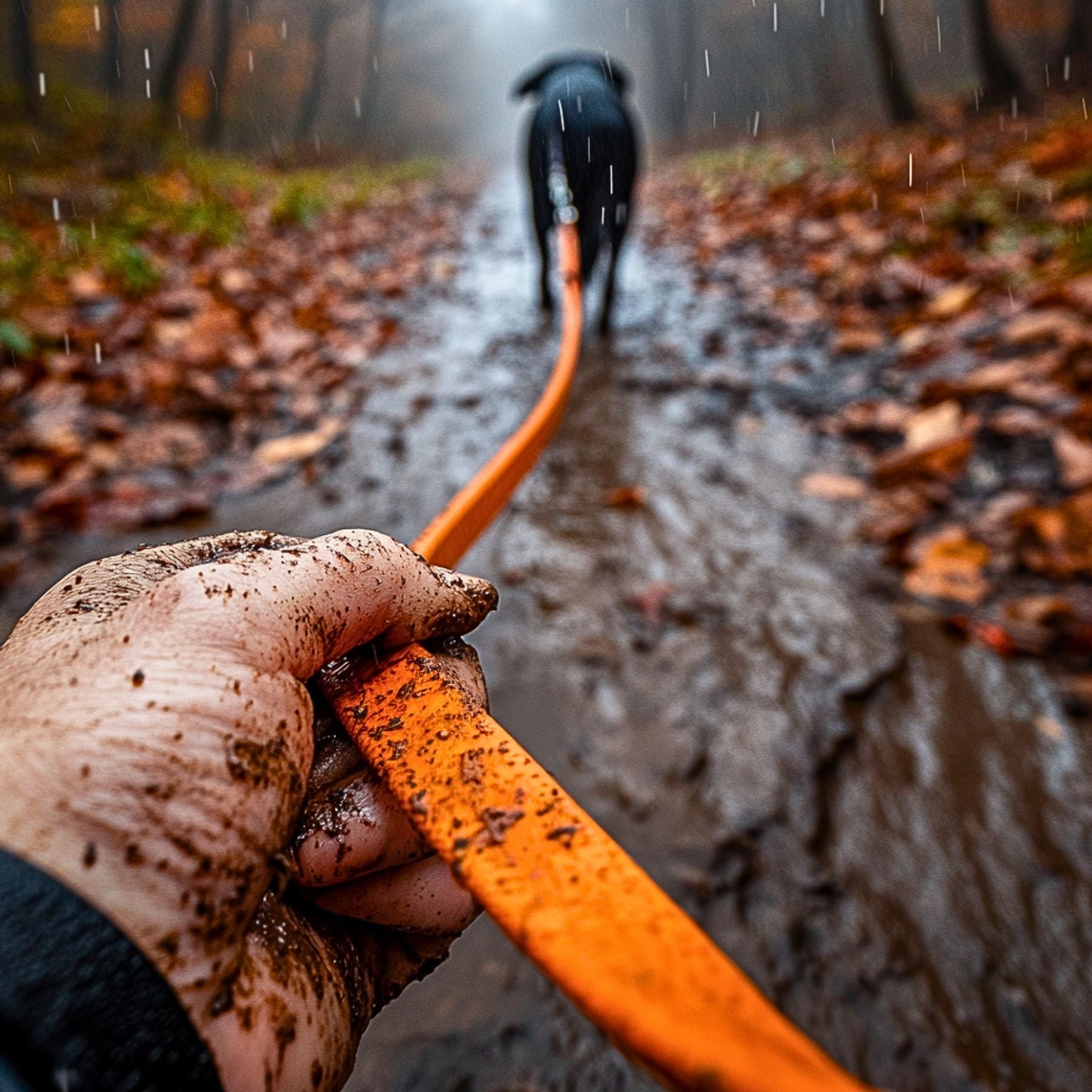
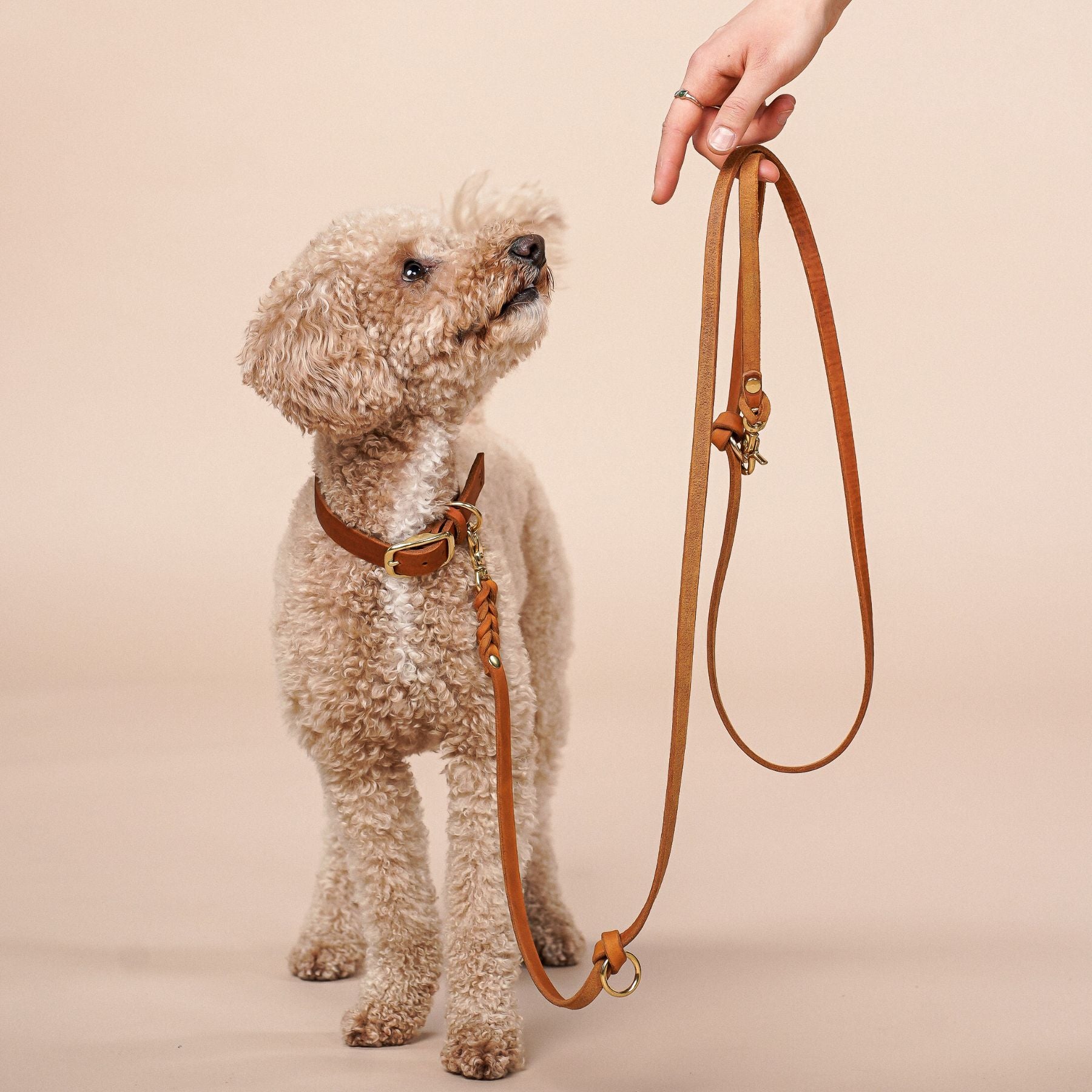
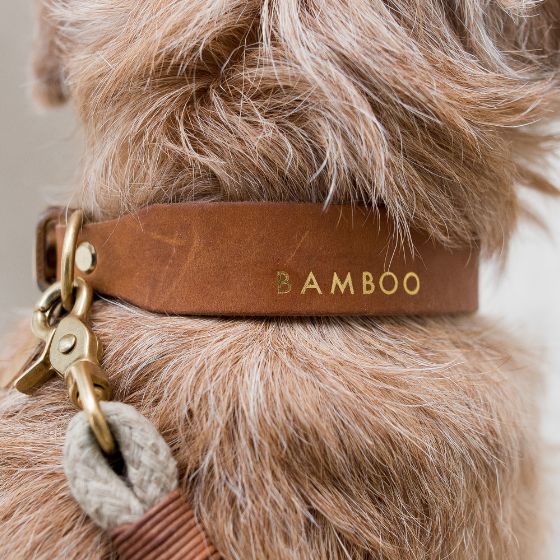
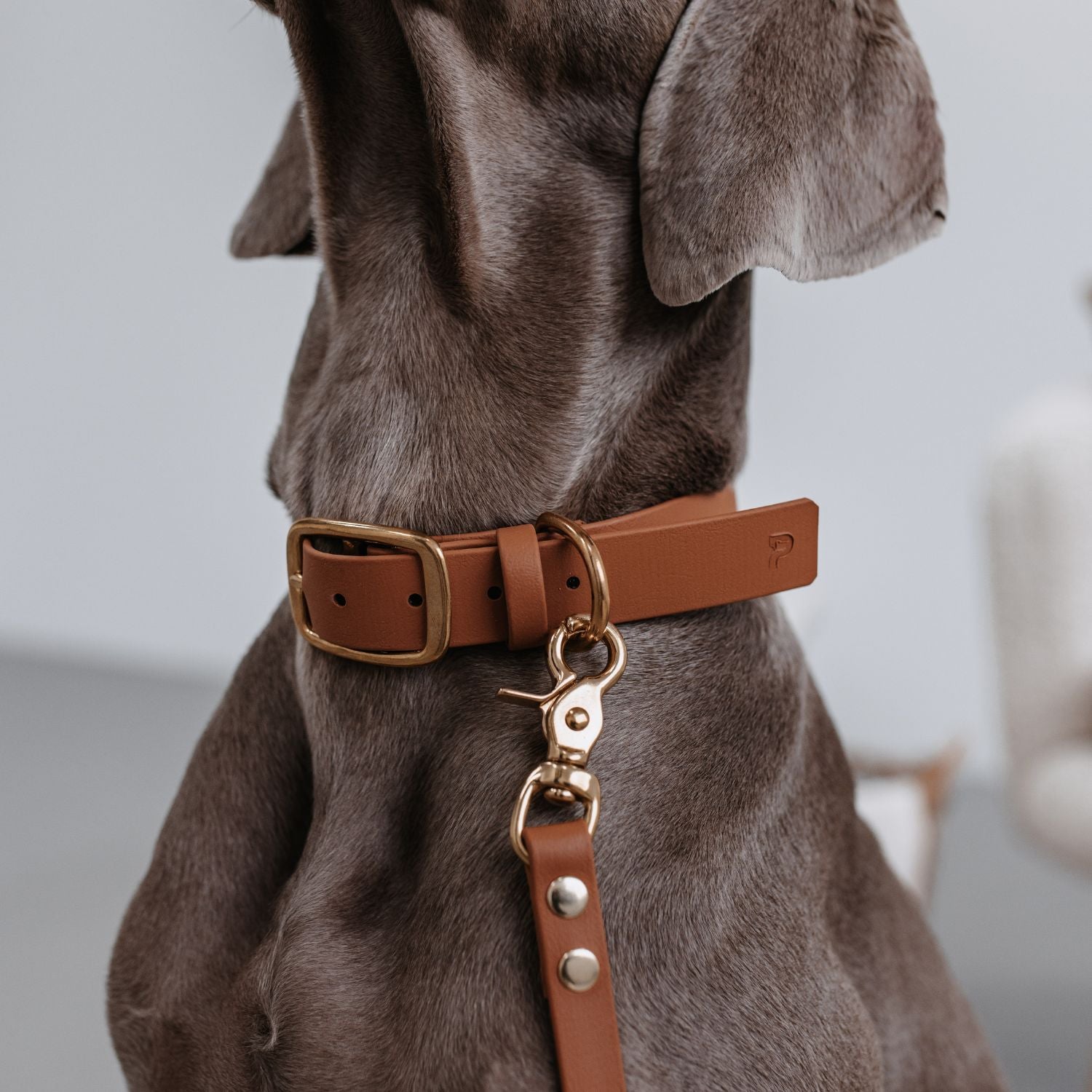
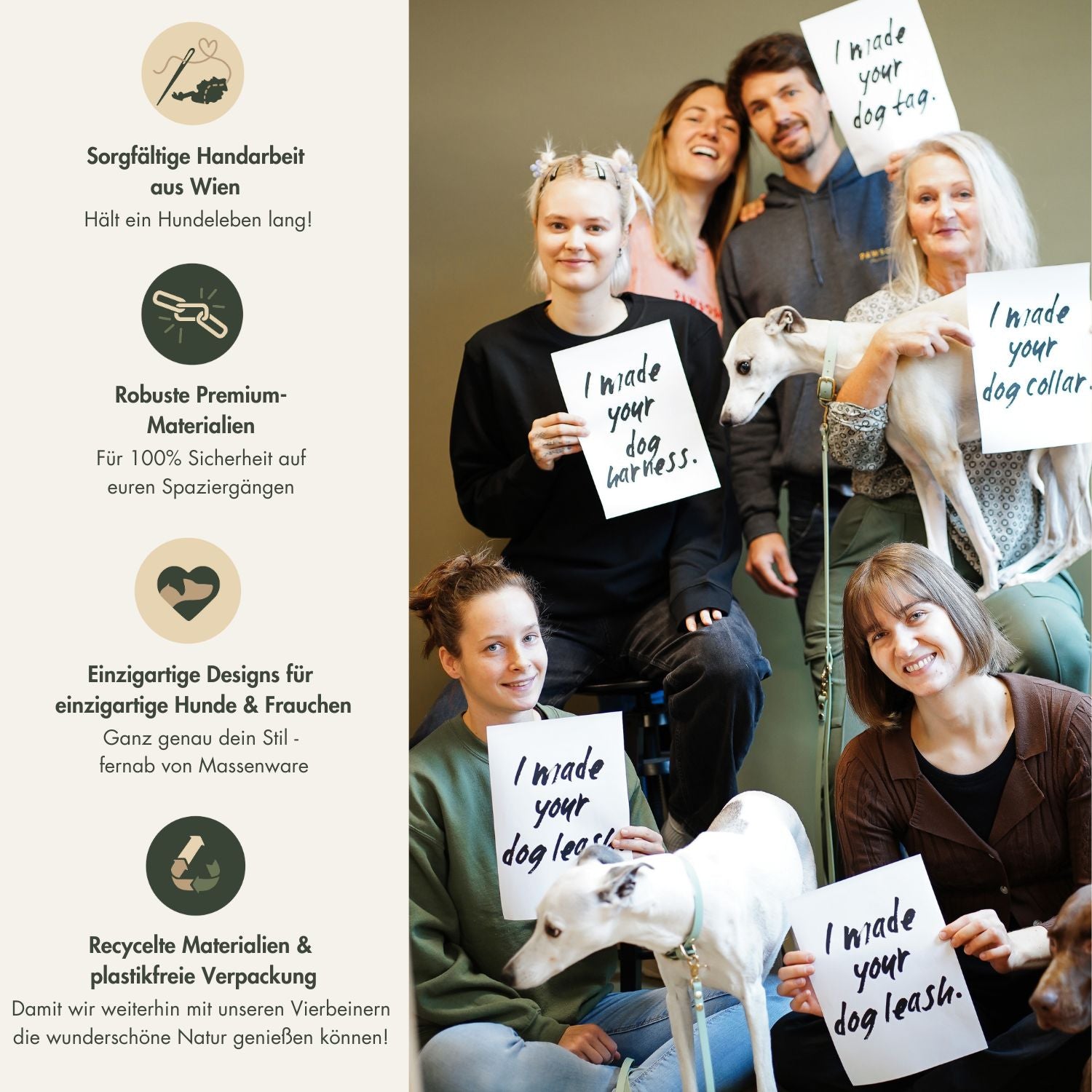
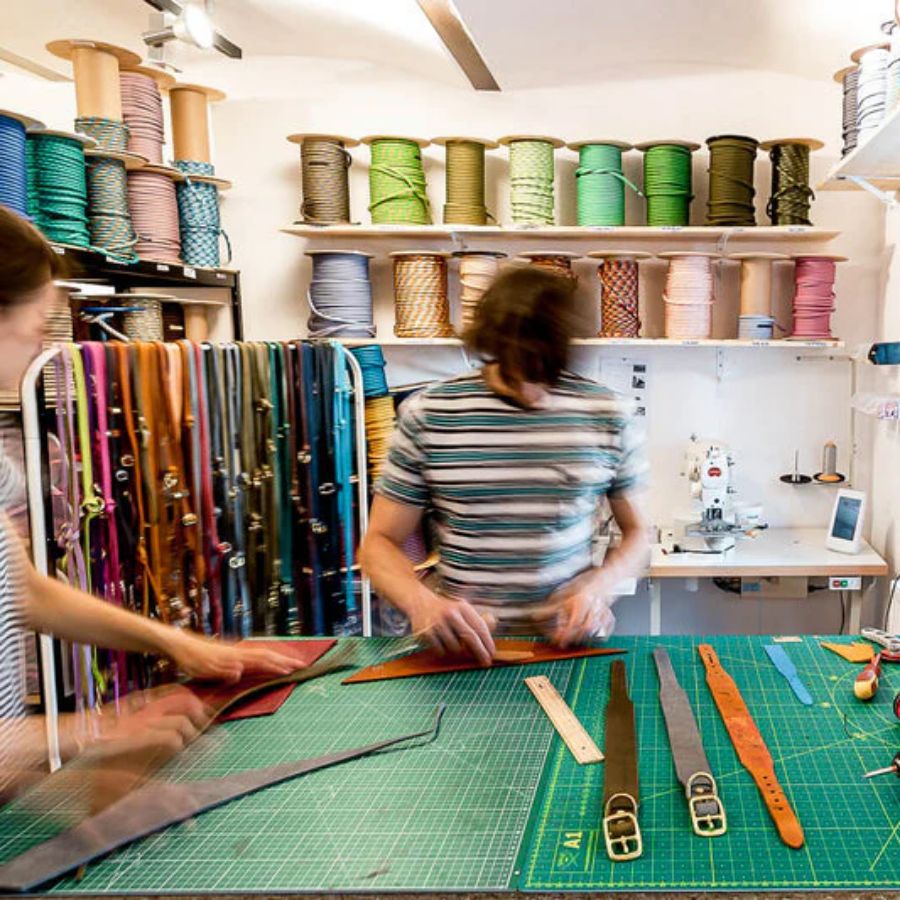
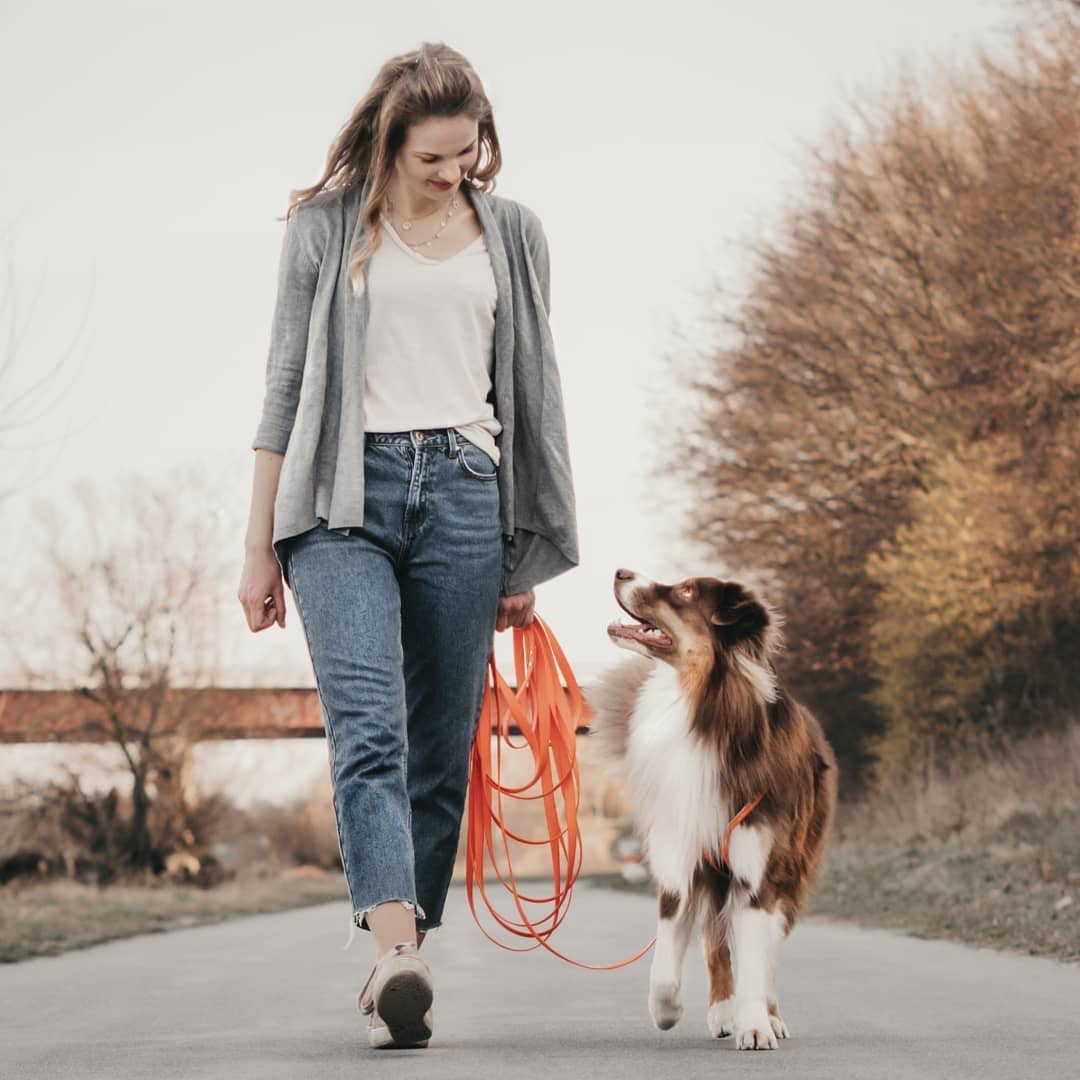
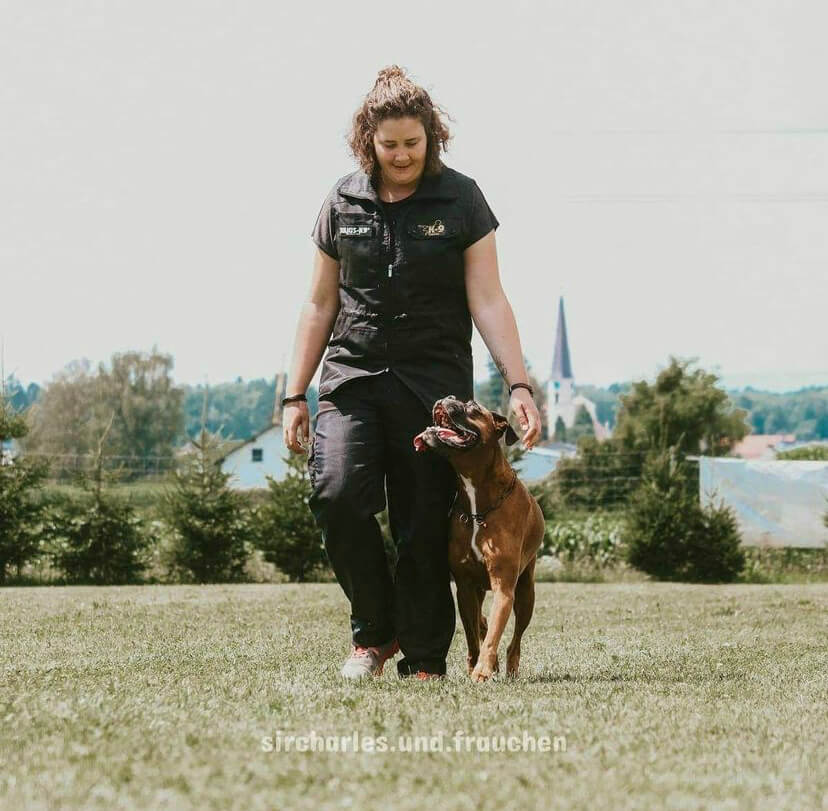
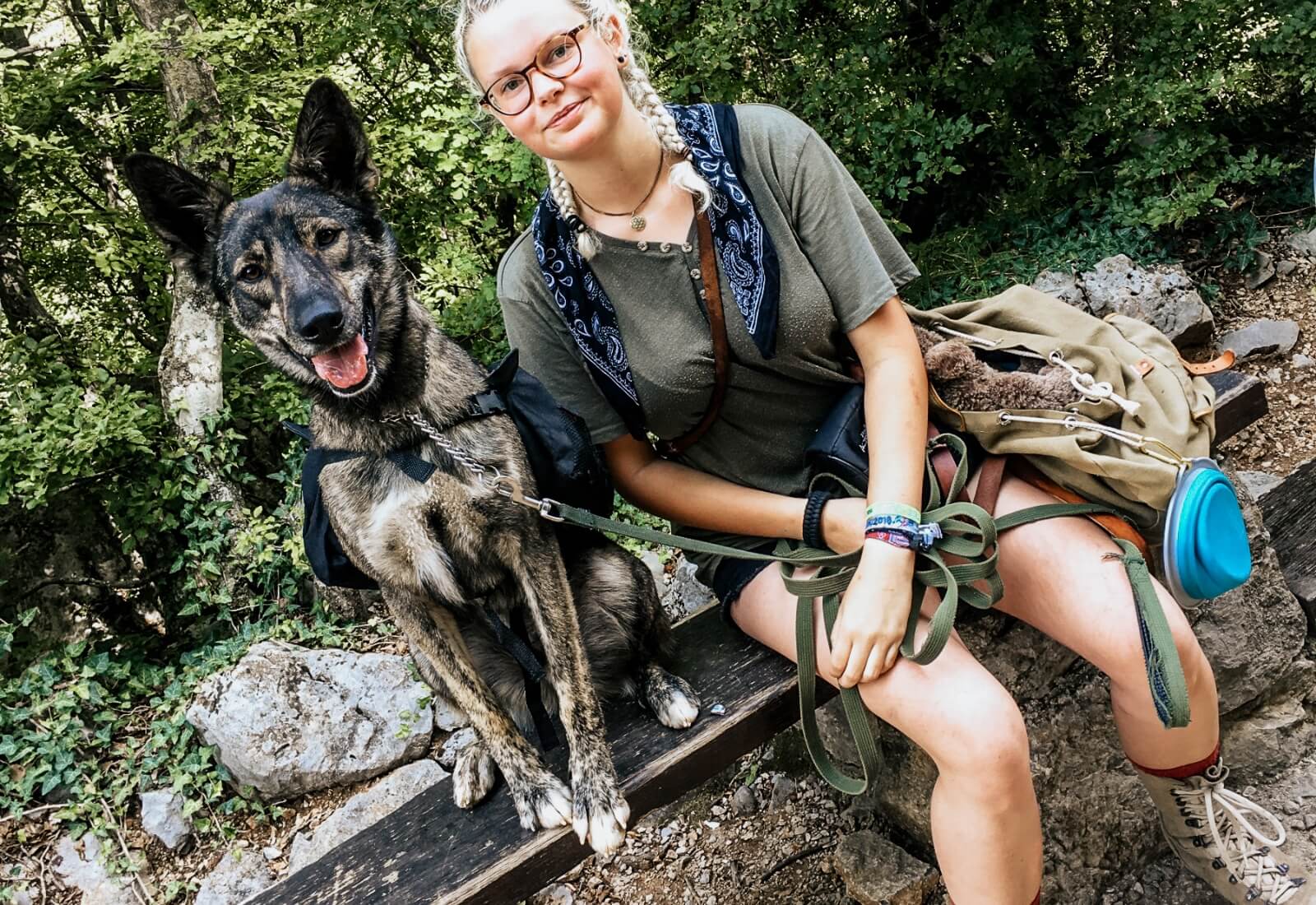
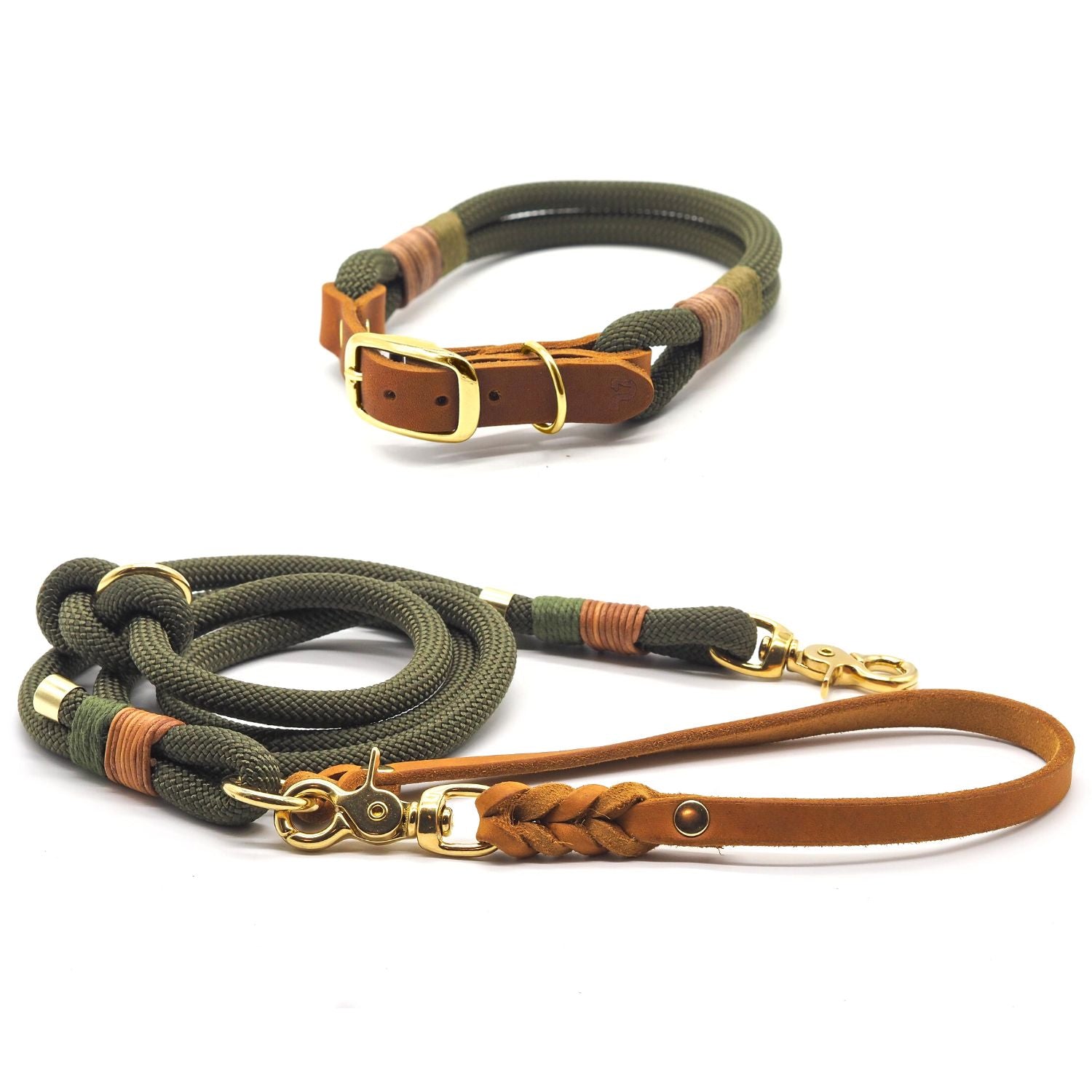

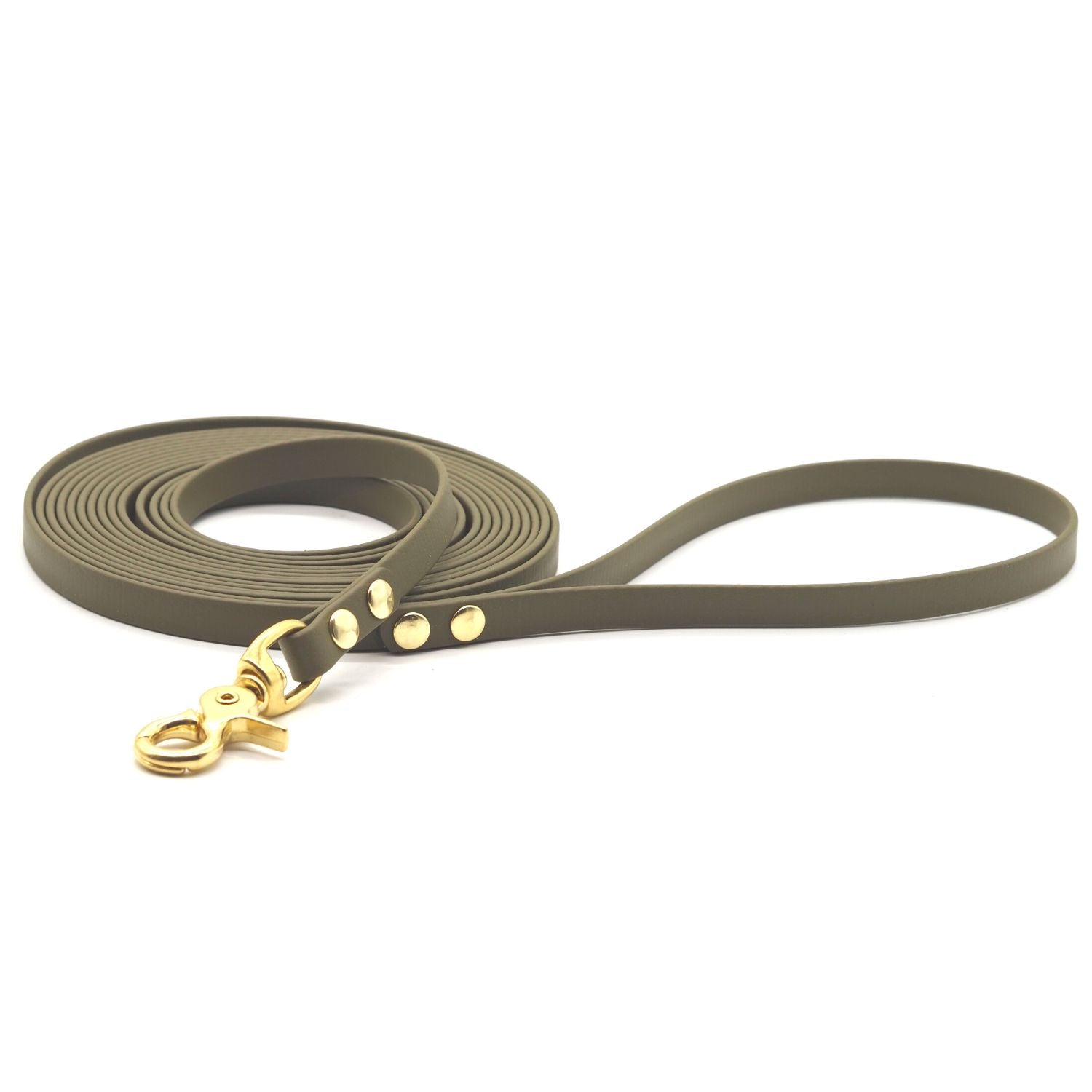
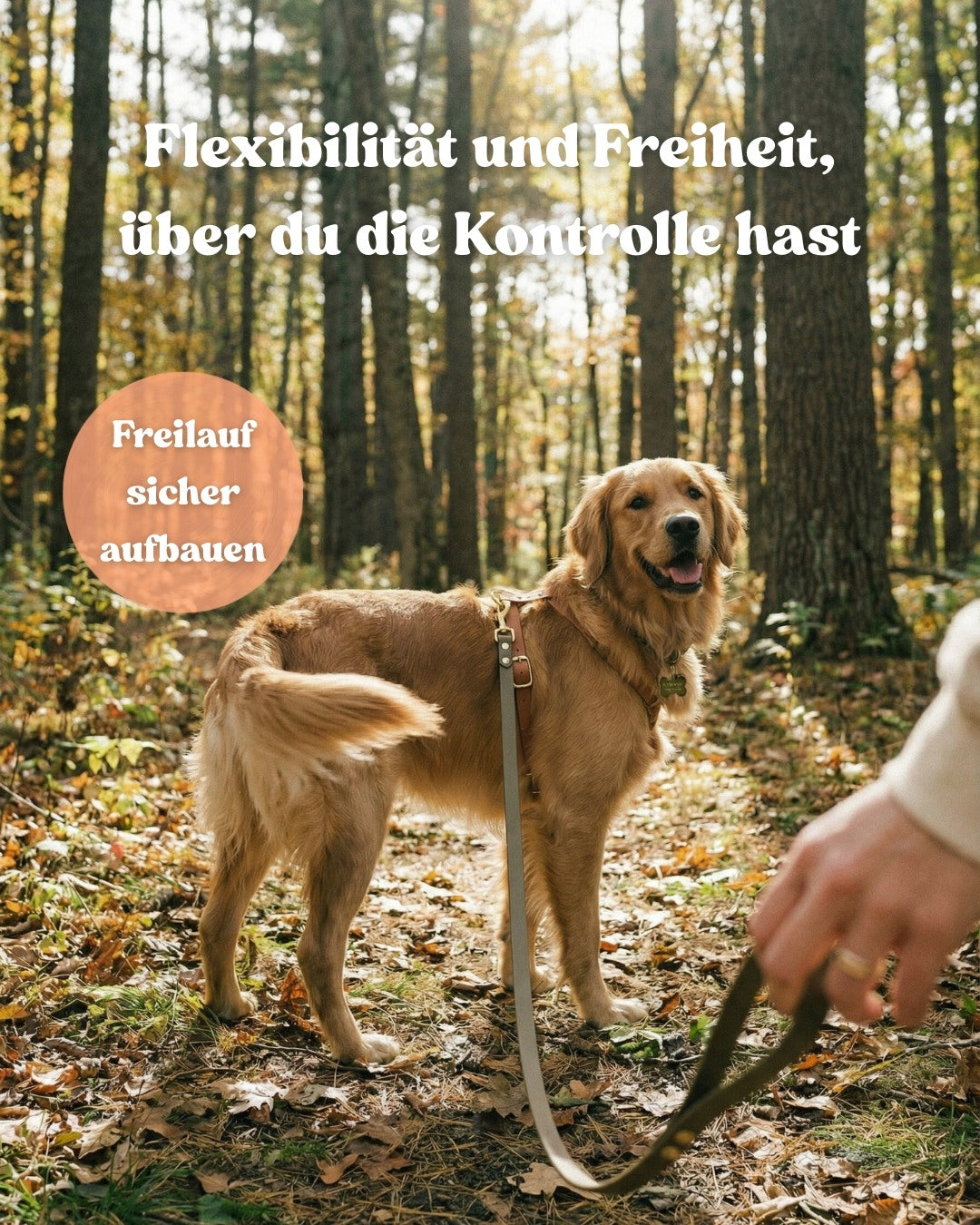
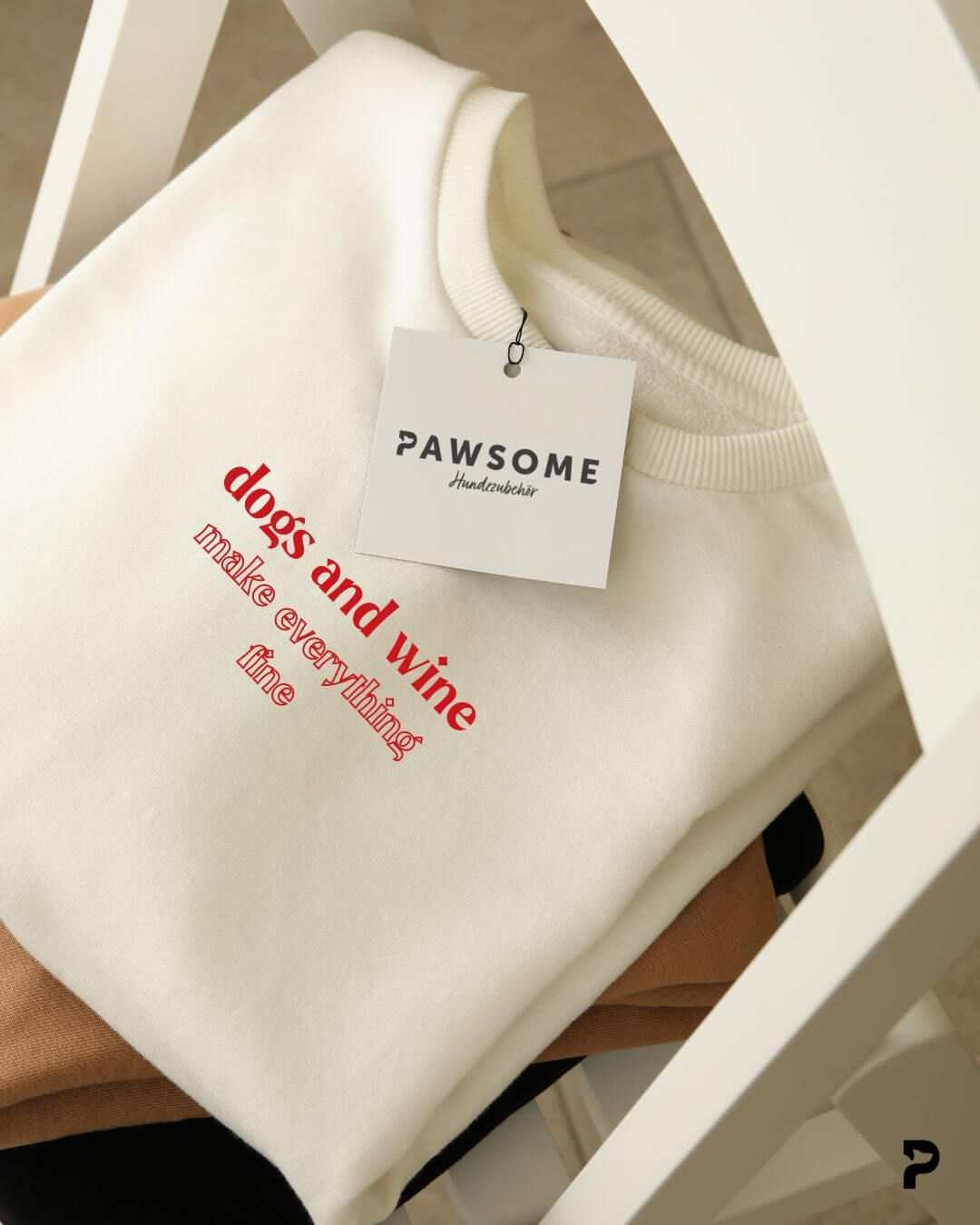

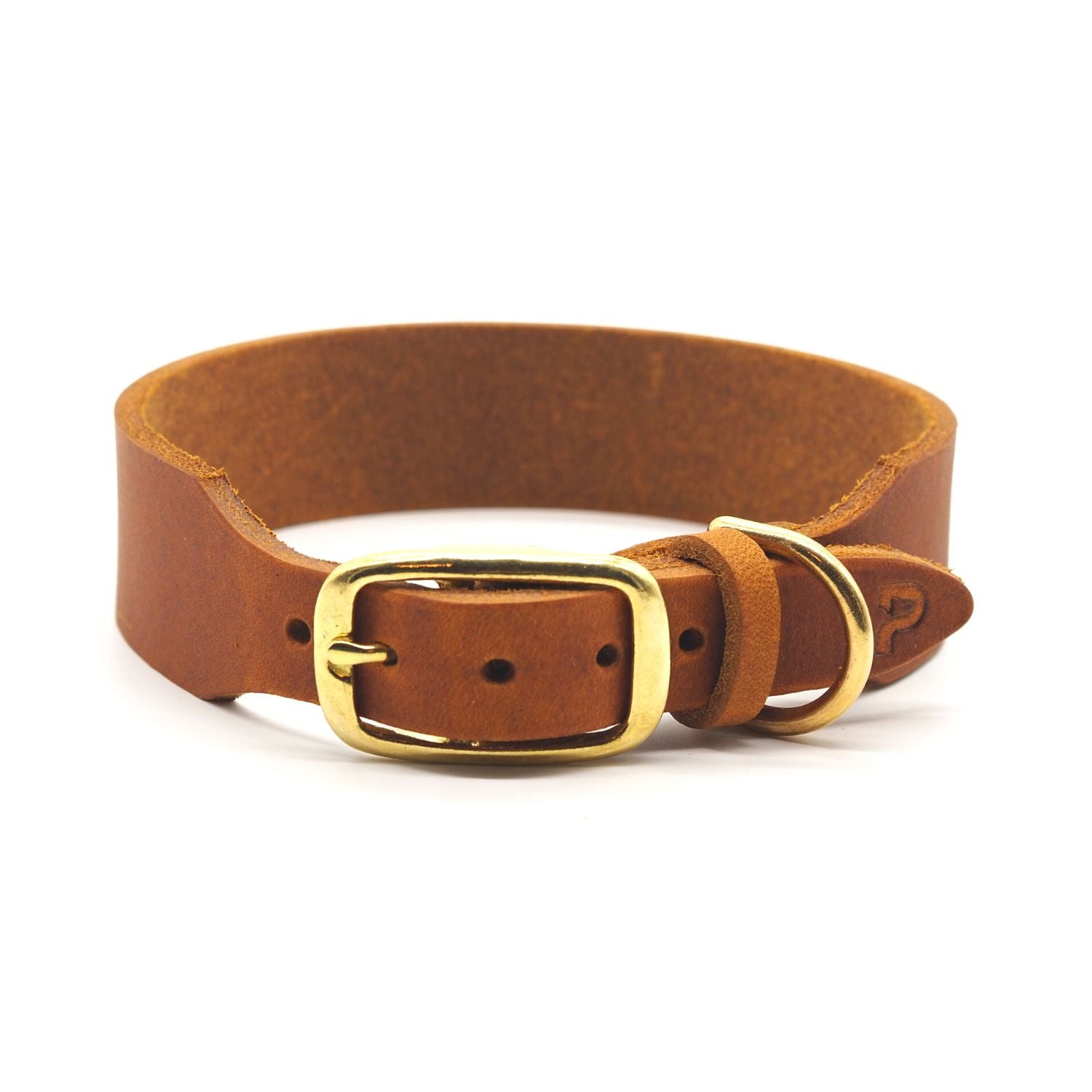
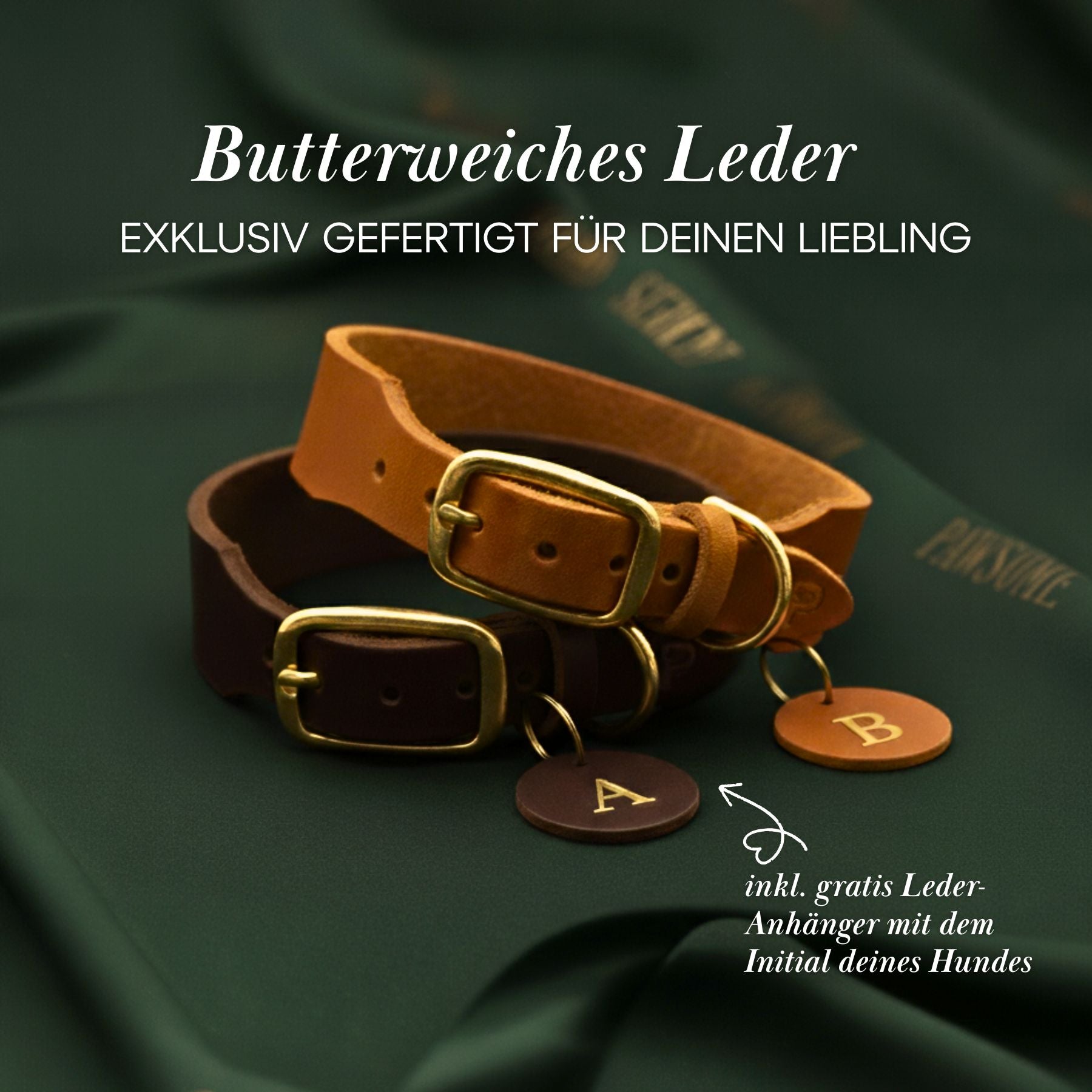
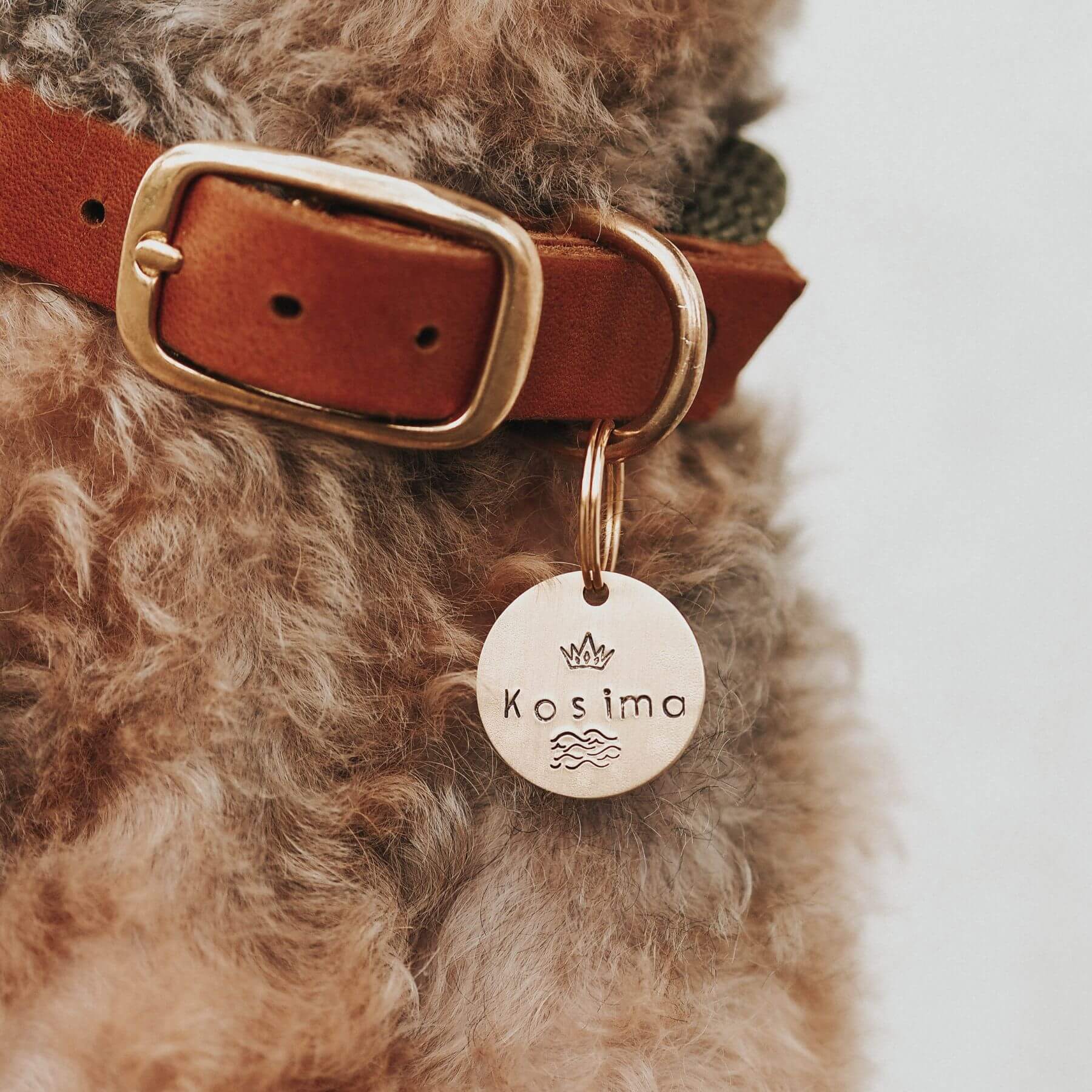
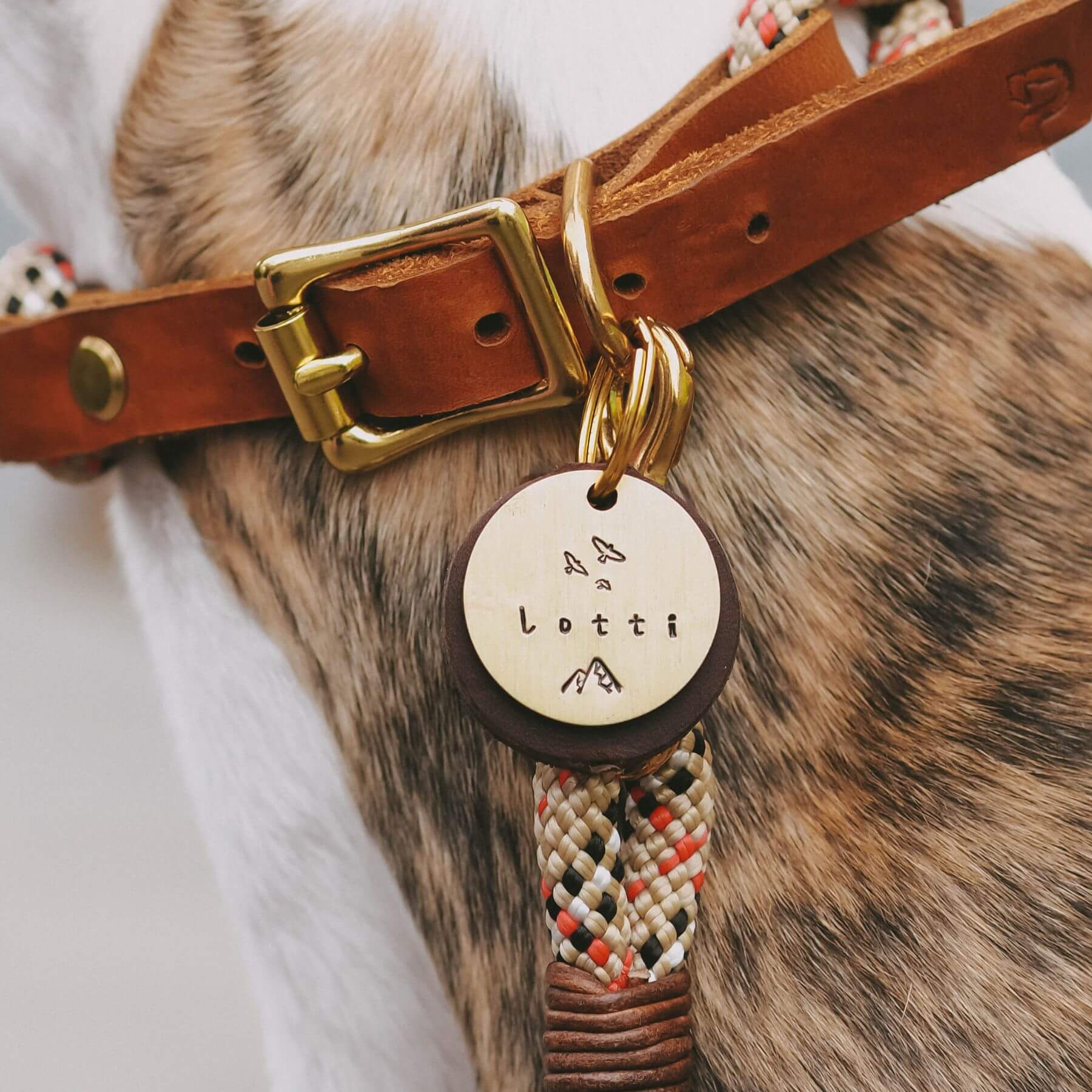


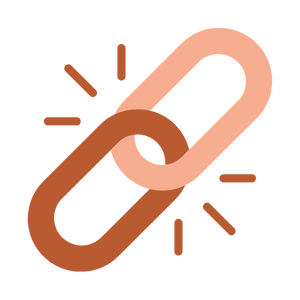

Leave a comment
All comments are moderated before being published.
This site is protected by hCaptcha and the hCaptcha Privacy Policy and Terms of Service apply.